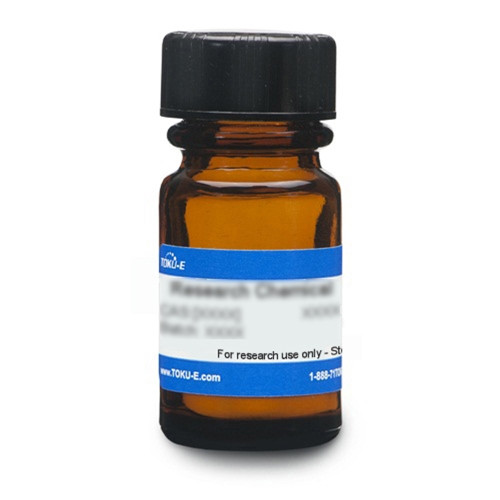Ceftazidime, Delta-3-Isomer, EvoPure® is an isomer and degradation product of Ceftazidime. It can be used as a reference standard to trace Ceftazidime. This isomer was formerly known as Delta-2.
Ceftazidime is a broad-spectrum, third-generation, β-lactam cephalosporin that interferes with bacterial cell wall synthesis. Patented in 1979 by Glaxo Group, Ceftazidime came into commercial use in 1984. It is sparingly soluble in aqueous solution.
EvoPure® products are highly purified compounds that can be used for in vitro applications like analytical reference standards, upstream pharmaceutical product manufacturing, gene selection, and toxicity studies.
We also offer:
| Mechanism of Action | Like β-lactams, cephalosporins interfere with PBP (penicillin binding protein) activity involved in the final phase of peptidoglycan synthesis. PBP’s are enzymes which catalyze a pentaglycine crosslink between alanine and lysine residues providing additional strength to the cell wall. Without a pentaglycine crosslink, the integrity of the cell wall is severely compromised and ultimately leads to cell lysis and death. Resistance to cephalosporins is commonly due to cells containing plasmid-encoded β-lactamases, however, Ceftazidime is stable in the presence of β-lactamases. |
| Spectrum | Ceftazidime is broad-spectrum, targeting both Gram-negative and Gram-positive bacteria, but is most effective for Gram-negative strains including Pseudomonas aeruginosa and Enterobacteriaceae (including β-lactamase positive strains). It is also used for against Streptococcus pneumoniae, and S. pyogenes. |
| Microbiology Applications | Ceftazidime is commonly used in clinical in vitro microbiological antimicrobial susceptibility tests (panels, discs, and MIC strips) against Gram-negative microbial isolates. Medical microbiologists use AST results to recommend antibiotic treatment options. Representative MIC values include:
|
| Molecular Formula | C22H22N6O7S2 · 5H2O |
| References | Georgopapadakou NH (1992) Mechanisms of action of cephalosporin 3'-quinolone esters, carbamates, and tertiary amines in Escherichia coli. Antimicrob. Agents. Chemother. 37(3): 559-565 PMID 8384817 Fischer J and Ganellin R (2006). Analogue-based Drug Discovery. John Wiley & Sons. p. 495 Hobi R et al (2001) Anti-HIV-1 activity in vitro of Ceftazidime degradation products. Antivir. Chem. and Chemother. 12(2):109-118 Hsu Y et al (2014) Biodegradable drug-eluting nanofiber-enveloped implants for sustained release of high bactericidal concentrations of vancomycin and ceftazidime: In vitro and in vivo studies. Int. J. Nanomed. 9:4347-4355 |








